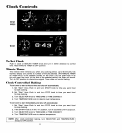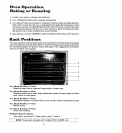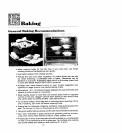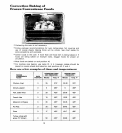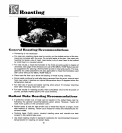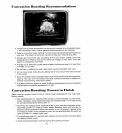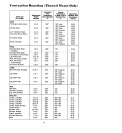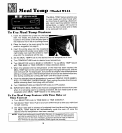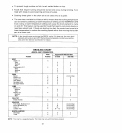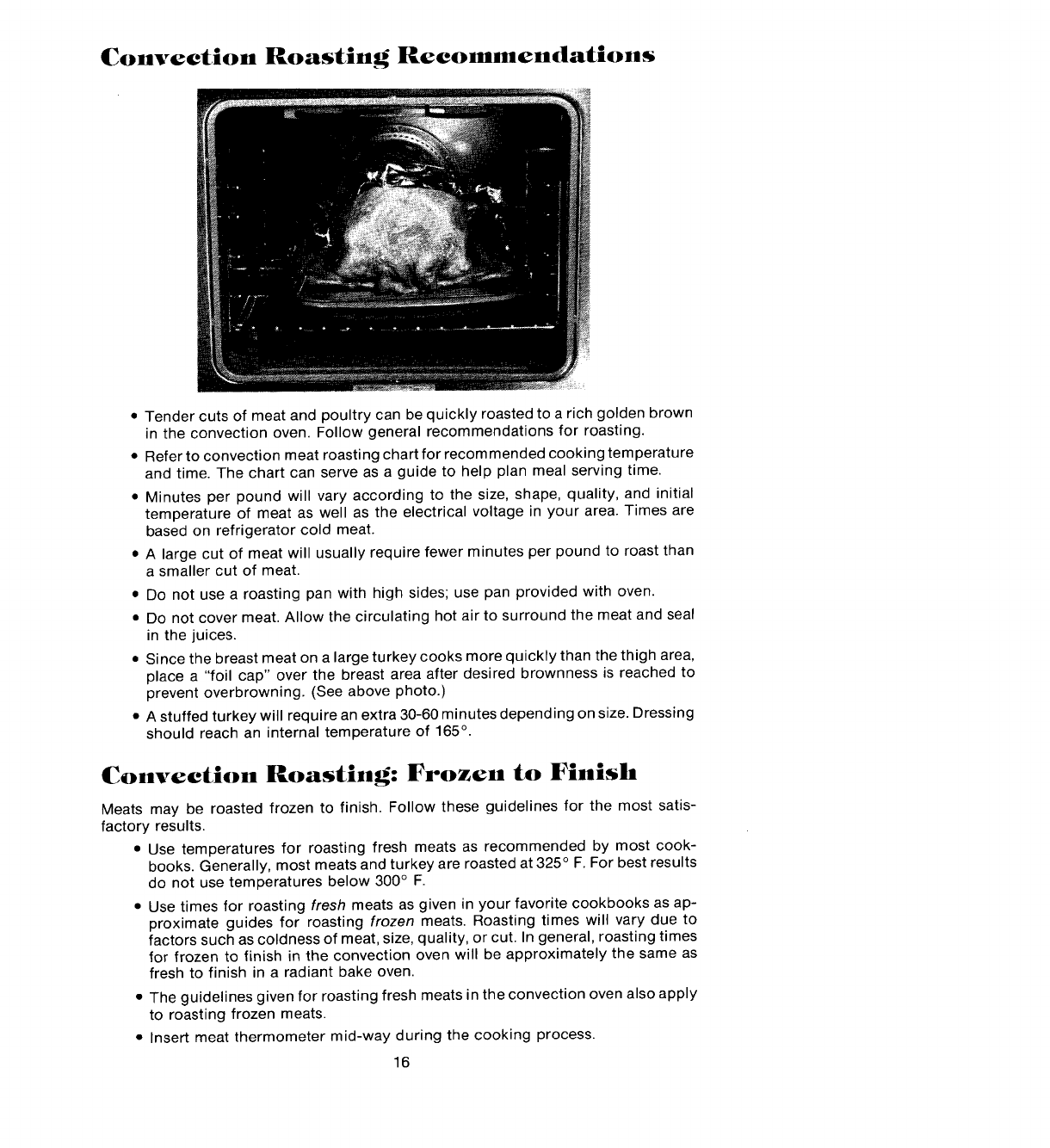
Convection Roasting Recommendations
• Tender cuts of meat and poultry can be quickly roasted to a rich golden brown
in the convection oven. Follow general recommendations for roasting.
• Refer to convection meat roasting chart for recommended cooking temperature
and time. The chart can serve as a guide to help plan meal serving time.
• Minutes per pound will vary according to the size, shape, quality, and initial
temperature of meat as well as the electrical voltage in your area. Times are
based on refrigerator cold meat.
• A large cut of meat will usually require fewer minutes per pound to roast than
a smaller cut of meat.
• Do not use a roasting pan with high sides; use pan provided with oven.
• Do not cover meat. Allow the circulating hot air to surround the meat and seal
in the juices.
• Since the breast meat on a large turkey cooks more quickly than the thigh area,
place a "foil cap" over the breast area after desired brownness is reached to
prevent overbrowning. (See above photo.)
• A stuffed turkey will require an extra 30-60 minutes depending on size. Dressing
should reach an internal temperature of 165 °.
Convection Roasting: Frozen to Finish
Meats may be roasted frozen to finish. Follow these guidelines for the most satis-
factory results.
• Use temperatures for roasting fresh meats as recommended by most cook-
books. Generally, most meats and turkey are roasted at 325 ° F. For best results
do not use temperatures below 300 ° F.
• Use times for roasting fresh meats as given in your favorite cookbooks as ap-
proximate guides for roasting frozen meats. Roasting times will vary due to
factors such as coldness of meat, size, quality, or cut. In general, roasting times
for frozen to finish in the convection oven will be approximately the same as
fresh to finish in a radiant bake oven.
• The guidelines given for roasting fresh meats in the convection oven also apply
to roasting frozen meats.
• Insert meat thermometer mid-way during the cooking process.
16



